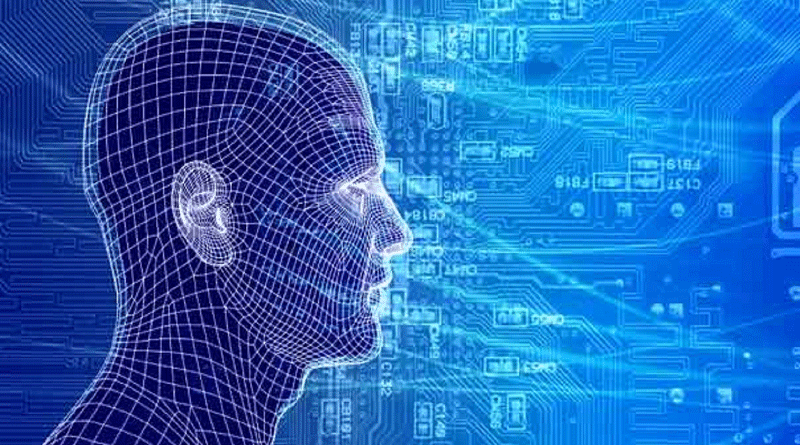Automation Systems: The Hows And Whys Of Different Types
Similar to mechanization, automation also relies on equipment to execute functions many of which were performed manually in the past. We can say that mechanization is the important step between manual labor and automation – it eliminates the need for physical labor; the only thing that is needed are operators to oversee equipment activity and provide maintenance and feedback.
With automation systems, this isn’t the case. Automation systems come with feedback and sensory programs, which totally eliminates the need for an operator. The result is a highly independent equipment system that can perform a tasks from the beginning to end, without any human assistance. Nowadays, there are various types of automation systems available, each one used to perform different tasks in different industries. Here are few of them:
- Artificial Neural Network
A computational or mathematical model whose rhythms imitate those of biological neurons. The structure of this network is adaptive, which means it can vary based on the internal or external exchange of information in the network. This type of automation system is applied to recognize patterns in pools of data and to categorize relationships (like sequence recognition). It is commonly applied to filter e-mail spam, in car control systems, in systems of pattern recognition (radars), pattern recognition in movement, speech, and text, and in financial automated trading systems.
- Distributed Control System
This automation system features separate controls throughout the system. These controls are not centrally located but they tend to spread out according to which region of the system requires monitoring. These systems are often used in manufacturing processes, especially when the production or action is continuous. Traffic lights are commonly controlled by distributed control systems.
- Human Machine Interface
This system requires human interaction in order to function. The user needs to provide input so the system, in turn, can produce output that matches with the user’s intent. A great example of this system are the ATMs, which are created so that users can easily command what the system is supposed to do while allowing it to easily respond and give the needed results.
- Supervisory Control and Data Acquisition
This system is a larger, industrial control network that usually consists of smaller auxiliary systems, including human machine interface systems connected to remote terminal units. Their function is to translate sensor signals into comprehensible data. Supervisory control and data acquisition systems can be used to control an entire manufacturing site, or even a whole region by connecting various manufacturing plants.
- Programmable Logic Controllers
These types of automation systems are called real-time systems. That is because there is a set deadline and time-frame in which the wanted results must be achieved. They features multiple capabilities, including varied temperature ranges, input and output settings, and also the ability to weather dust and other unfavorable conditions. Amusement park rides are an example of the use of this system.

